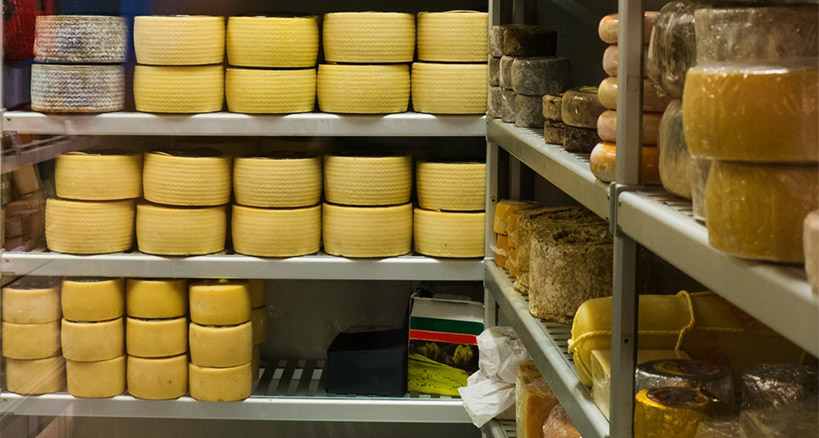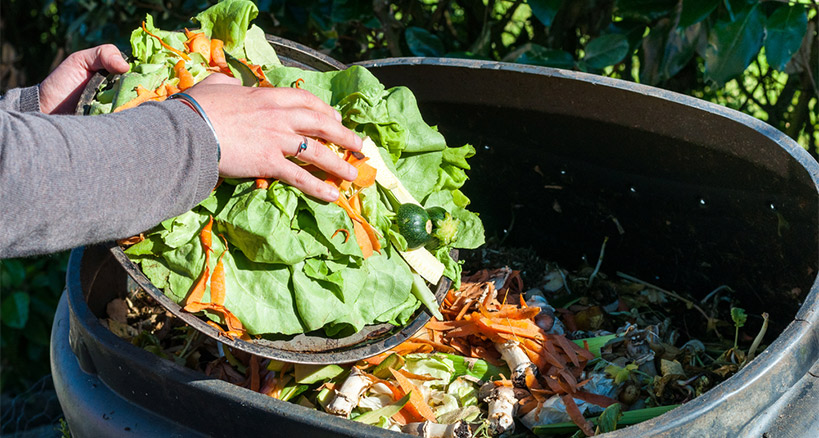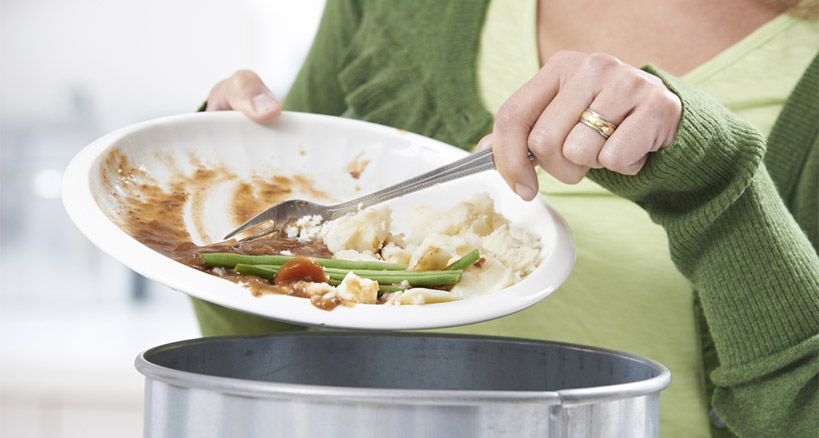
How to Minimize Food Waste in Commercial Kitchens
Food waste has long been an unfortunate byproduct of commercial kitchens – including both restaurant and catering kitchens. According to the Food Waste Reduction Alliance (FWRA), every year, roughly 40 million tons of wasted food is sent to landfills in the United States. At the same time, record numbers of Americans – about one in six – are receiving government food assistance. In the United States, organizations like the FWRA are taking on the challenges of food waste with the dual goal of shrinking our environmental footprint and addressing hunger in America. So, what can you do to reduce waste in your commercial kitchen? Read on.
What is Food Waste?
The sources of food waste are varied and many. Food waste is generated by consumers and the food-service industry (restaurants and catering companies, for instance), but it can also be a byproduct of manufacturing operations. Food waste is food that can be used again but that is instead sent to landfills. This food is thrown out because it looks weird and inedible; it was not eaten during a meal; or, it is unused and beginning to rot. Food waste amounts to the equivalent of about 20 pounds of wasted food per person per month in the U.S.; and in monetary terms, that’s about $1,000 of food waste per year per four-person family.
The Role of Commercial Kitchens in Reducing Food Waste
Monitor Your Garbage
Restaurant and catering food waste can be divided into two major groups – the food that is left before consumption and food that remains after your guests finish dining. Waste that is left before your guests are served their food is generated during food preparation; this includes raw foods, like potato peels or chicken bones, improperly prepared food, food that is accidentally spilled on the kitchen floor, etc. Research suggests that as much as 10% of raw food in commercial kitchens wind up as this kind of garbage. This type of waste can be largely avoided, however, so read on.
When Ordering Food (Especially Produce)
Commercial kitchens can do much to reduce the food waste that ends up in landfills, particularly when it comes to tracking the type and amount of food that is coming into the kitchen. When ordering food it often makes sense to buy a lot at once and stock up so food orders don’t have to be placed as frequently. However, while this may be convenient and initially thrifty, it is not an effective way to reduce waste.
Certain foods, especially produce, do not last as long as other non-perishable items, such as canned goods. So, for example, buying a lot of apples at one time may be cheaper but, inevitably, not all the apples will be used, and a good portion of the order may end up going bad and being wasted. Instead, if you’re going to need a lot of one type of fruit or vegetable, try asking your vendor if you can receive the product in various stages of ripeness so you can take advantage of a sale or bulk ordering. In addition, inspect all orders as they arrive, and not just the items on top. If the food looks like it is spoiled or is close to spoiling, don’t accept the order.

Storing Food
Pay attention to how food should be stored to ensure the best quality and longest freshness. Food products should be stored in appropriate and well-labeled containers to reduce the chance of spoilage. Using a first-in-first-out (FIFO) system for inventory will ensure older products are used first and less waste occurs.
Cross-contamination is one of the ways that food can become unusable during storage. If uncovered raw meat is placed near vegetables or cooked meat in the fridge, bacteria from the raw meat can spread, leading to unsafe conditions and the need for food to be thrown away. In addition, always ensure that your food is stored at the proper temperatures. Frozen foods should be stored at 0 degrees Fahrenheit and refrigerated foods at 41 degrees Fahrenheit. Also, allow prepared hot foods to cool before refrigeration to prevent spoilage.
Separating food-storage areas and food-preparation areas and using separate cutting boards and knives can also help to prevent cross-contamination from occurring and can lead to less waste during preparation.
Portion Control is Key to Reducing Food Waste
Proper portion control is one of the most important steps in minimizing food waste. It may seem like a chore, but a commercial kitchen that is trying to avoid food waste should use a food scale to measure out the correct portion amount before sending meals out of the kitchen. Another option is to use smaller plates. Either way, with proper portion control, less food will be wasted.

Composting
Composting is an excellent way to reuse food and minimize food waste. For example, any part of a raw vegetable can be composted (peels, stems, blemished sections, etc.), as well as stale bread, the skin of fruits, and egg shells. With composting, any seemingly unusable food scraps can be put on the side or into a compost bin, which will break down the scraps and turn them into a type of soil that can be used for gardening, or taken to a compost plant where it will also be broken down and reused. Today, you can buy many types of compostable hot cups, plates, bowls and more that are lined with 100% renewable corn plastic to further your commitment to the environment.
Recycle Menu Items
As a caterer, you probably dislike waste; it affects your bottom line, along with the planet. To everyone involved in a commercial kitchen, food waste is something to try to avoid at all costs. When planning your menu, keep food waste in mind; be creative and think about multiple uses for leftovers. Leftover chicken breast, for instance, can be made into a fricassee or pie, and vegetables that are on the verge of spoiling can be pureed into soups.
Another option, if you see that you have too much food that is about to spoil, is to create a temporary pricing special to move a menu item that uses these foods more quickly (this is easier done in a restaurant than in a catering business, where menu items are usually long-term). Over time, you should be able to identify items that produce the most leftovers and you can remove those from your menu.

Donate Leftover Food
Caterers and restaurants do not exist in a vacuum and many food-service operations make it their business to donate leftover food to programs that help feed the hungry. Soup kitchens and shelters accept food that has not expired and redistribute it to households that need it, or use it themselves as part of their meals. Many charitable organizations are tasked with finding and making connections between commercial kitchens and shelters that can use leftover food.
The Bill Emerson Good Samaritan Food Donation Act, passed in 1996 by President Clinton, is a Federal Law that protects all food donors from both civil and criminal liability when donating what seems to be “wholesome” food to non-profit organizations in good faith (with no malicious intent). All 50 states have passed Good Samaritan laws that aim to provide additional liability protection beyond the federal law. In addition, the Food Donation Act of 2017 clarifies and expands food donation under the Emerson Act.
Food Waste Logistics
If you find the logistics of food-waste reduction overwhelming – or possibly not worth the effort – think again. You may be able to assign the task to someone (or a few people) on your team, people who believe in the process and who are dedicated to the goal of putting potentially wasted food to good use. Those employees can also track and analyze food waste in your business to help remedy the problem. At the same time, all employees should be trained on how to work with waste, regardless of whether they work in the kitchen, as servers, or on your sales staff. The goal is to keep waste in your operation to a bare minimum – an attainable goal that you don’t want to pass up.
I love this article! I’d also love to connect with you about how Compost Crew and lions deal could work together. Let me know!